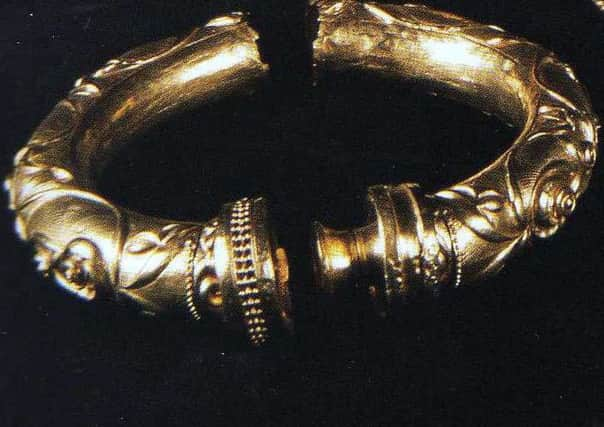Two Broighter items were made in Egypt: gold expert


Dr Warner, an expert on the Iron Age in Ireland, is currently leading a project analysing Irish gold.
He told the Sentinel there was no evidence the hoard was produced or that the gold was sourced in Gaul but that two of the objects were likely Alexandrian.
Advertisement
Hide AdAdvertisement
Hide Ad“Analysis showed that all the objects of the hoard were made of the same sort of gold as the certain Irish gold objects of the Iron Age (ribbon torcs) - i.e. the same proportions of silver, copper and tin (as secondary elements in the gold), and the presence of platinum as a trace element,” he explained.
“Platinum gold is not found in Ireland but possibly comes from Egypt or thereabouts. The Irish Iron Age gold is not the same as that in Continental or British Iron Age gold objects, and that goes also for the Roscommon collar.
“Two of the Broighter objects are Alexandrian, or thereabouts - Romano-Egyptian, certainly not Irish made,” he added.
He also told the Sentinel he believes a couple of the Broighter ornaments might be Romano-British, or copies. The decoration on the collar, nonetheless, is Irish.
Advertisement
Hide AdAdvertisement
Hide Ad“But all, including the imports, are the same gold. I have not found similar gold anywhere else, but very little Alexandrian gold has been analysed,” he told the paper.
“My conclusion would be that a large amount of north African gold was imported, either as ornaments from Alexandria, or at least with the Alexandrian objects. This gold was then used to make almost all the Irish Iron Age objects, including those from Broighter, and the earlier collar from Roscommon.”
Dr Warner admitted more work is needed to get to the bottom of the origins of all the Irish La Tène finds.